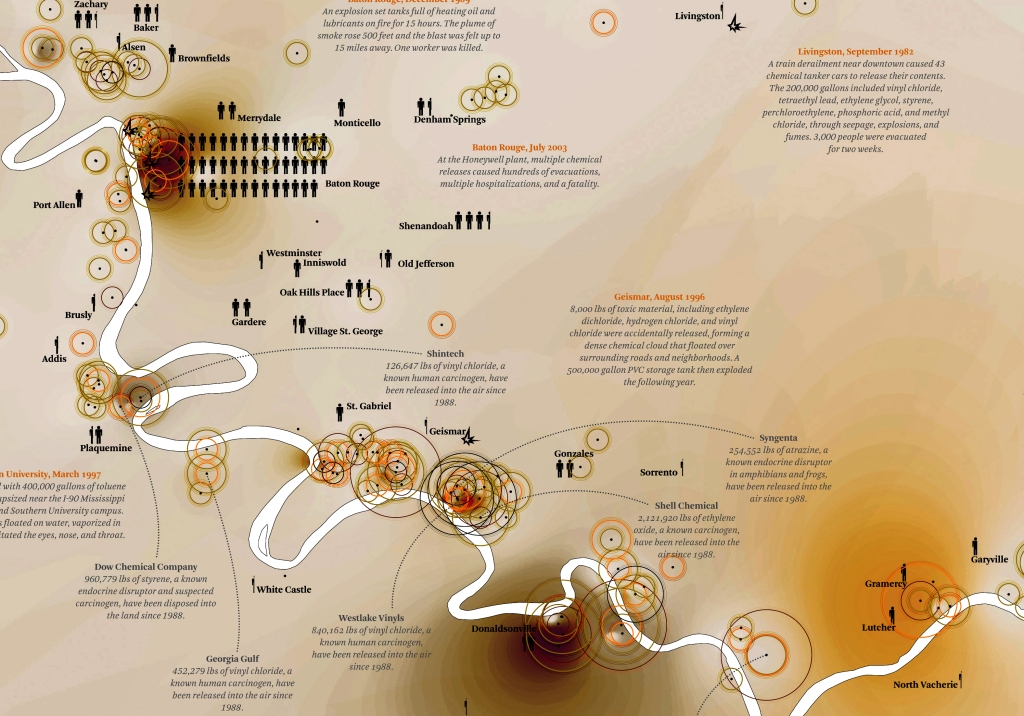Since the 1990s, the landscape field has reinvented itself in different guises including, but not limited to: landscape-as-art, landscape urbanism and landscape infrastructure. Each of these frameworks combines new ways of thinking about the city as an environmental system with varying emphases on form, performance, and program. Further, technological advances in digital terrain modeling, Google Earth, diagramming, and the use of computer programs to generate photorealistic perspectives have all changed the content of landscape architectural design processes and content.
Beyond technology, the field has been expanded and enriched by an expanded understanding of process derived from evolving ecological theory, including the systems-based emphasis of landscape ecologists such as Eugene Odum, who developed the modern notion of ecology as an integrated discipline. Odum’s work has provided a ground for further evolution in the topic by Richard T.T. Forman, Steward Pickett, Steven Handel, and Nina-Marie Lister, among many others. This emphasis provides a crucial corrective to the traditional, interventionist mode of landscape architecture and the emphasis on ecological systems in this vein can to be further enriched with an equal attention to sociology and political science. Moving forward, we need to think analytically about the interconnectedness of social and physical systems, knit these strands together, and derive new territories for action.
Kate Orff, Toward an Urban Ecology: SCAPE / Landscape Architecture (2016)
Kate Orff + SCAPE and Richard Misrach, Petrochemical America (2009)




